Events of the last week have made Cleveland, site of next week’s Republican National Convention, and Philadelphia, site of the following week’s Democratic National Convention, far more relevant to the nation’s political dialog than could have been anticipated even a month ago.
Although each of these cities can boast proud and distinguished political histories, neither reflects the face of the changing American electorate that both parties might be expected to attract. The nation’s migration continues to veer toward the Sun Belt and the highly diverse millennial generation is ushering in this growth. These new American demographics clearly influenced the convention city choices of Democrats in 2012 and 2008 (Charlotte and Denver, respectively) and of Republicans in 2012 (Tampa).
This year’s chosen cities reflect “older” American demographics, located in slow-growing swing states, Ohio and Pennsylvania, playing into specific strategies of each party. This becomes evident when focusing on eligible voters in these cities’ metropolitan regions.

Fifty-one percent of metropolitan Cleveland’s electorate is comprised of the most prized voting bloc among this year’s Republican Party: working class whites (whites who did not graduate from college). This is smaller than the state of Ohio’s 62 percent share of this group, but it is still substantial. These voters are central to presumptive candidate Donald Trump, who promises to “make America great again” by restricting trade and immigration, and are key to the Republican Party’s strategy to win older industrial states.
Metropolitan Philadelphia’s electorate is somewhat more diverse with working class whites comprising just 43 percent of the total, well below its 59 percent share of Pennsylvania’s state wide eligible voter population. Still, in addition to minorities, Democrats and their presumptive nominee, Hillary Clinton, will be appealing to college graduate whites who are heavily represented in the often-contested Philadelphia suburbs.
Due to the events of the last week, such strategies should be altered dramatically in ways that will make Cleveland and Philadelphia much more relevant to issues felt more strongly across the nation. In the wake of the deaths of young black men during police encounters in Louisiana and Minnesota and the murder of five officers of the Dallas police force, the nation needs to heal and find solutions to close the racial divisions between whites and blacks that persist among many Americans.
While not focal points of the recent disturbances, Cleveland and Philadelphia can provide exemplary stages for both parties to discuss their solutions toward closing the nation’s racial divide. This draws from both the history and demographics of each city’s (rather than metropolitan area’s) populations. Both are home to long-standing black populations, dating back to the Great Migration, have endured and survived the tumultuous riots of the 1960s, and have made some progress in race relations. Both have had black mayors and prominent civic leaders in their history. At the same time, however, the black populations in each are among the most segregated in the country, display high levels of poverty, present low teen employment, and have reported tensions with local police.

Party officials and the nominees themselves now have the opportunity to use these conventions, set in cities where blacks and whites have grappled with racial issues, to demonstrate leadership qualities needed of the next administration. Each party may have different approaches to heal the nation’s racial divisions; however, a good starting point will be to recognize that they exist and urgently need to be addressed in a country that is changing dramatically in its demographic makeup. What better way to demonstrate this than to spotlight leaders and groups who have addressed these issues, in each convention city, to launch a national conversation?
Inequities and disconnects that many young blacks feel are real and worthy of immediate discourse. But beyond those is the broader discussion of paths toward inclusion as the country becomes increasingly diverse. New census numbers show that in the U.S., 48 percent of the population below age 18 identify as persons of color. Racial minorities now comprise a majority of youth in 13 states.
An array of institutions, from police departments to public schools, and government and private service agencies will need to adapt to an America that is changing rapidly.
Perhaps a good place to start is for leaders of both parties to use these conventions, strategically located in slow-growing, “older” parts of the country, to inform their intended constituencies about the necessity to bridge the divides in their own communities and the nation at large.
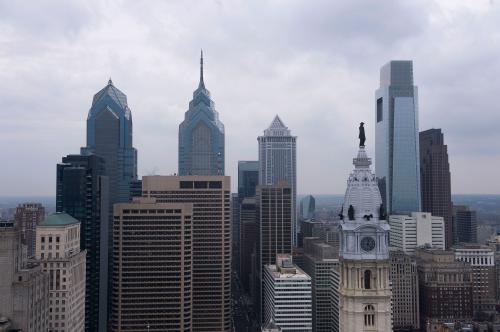
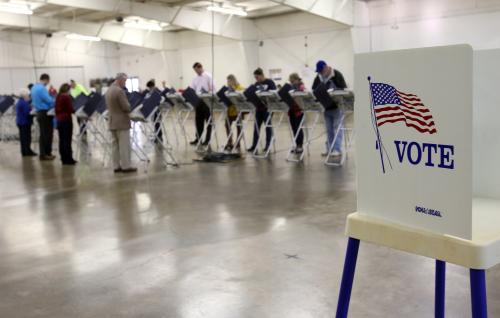
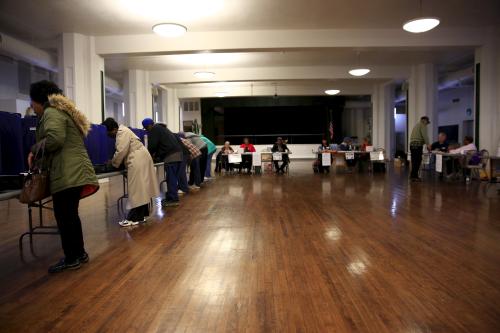
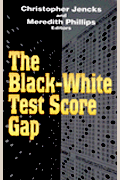

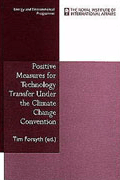
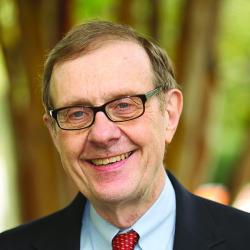
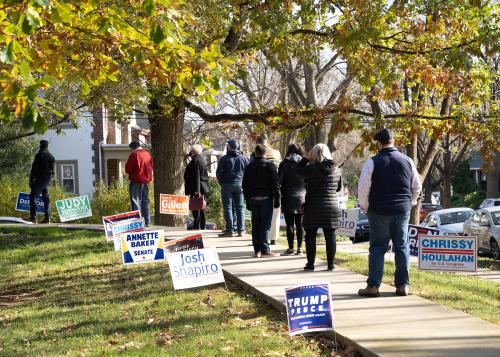
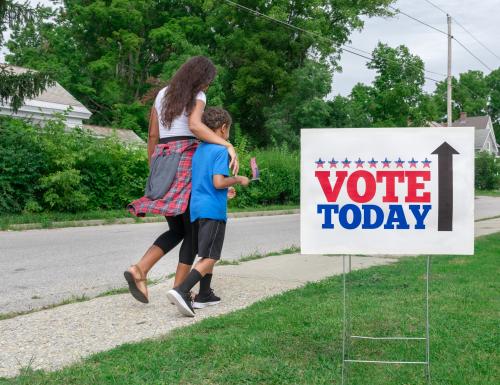
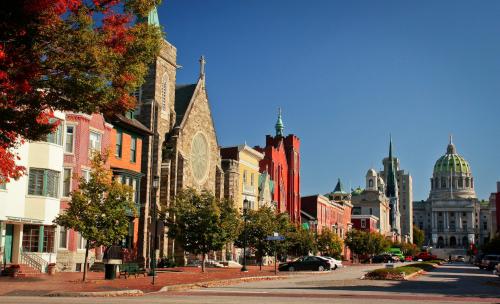
Commentary
Convention cities make exemplary stages to discuss America’s racial divide
July 12, 2016